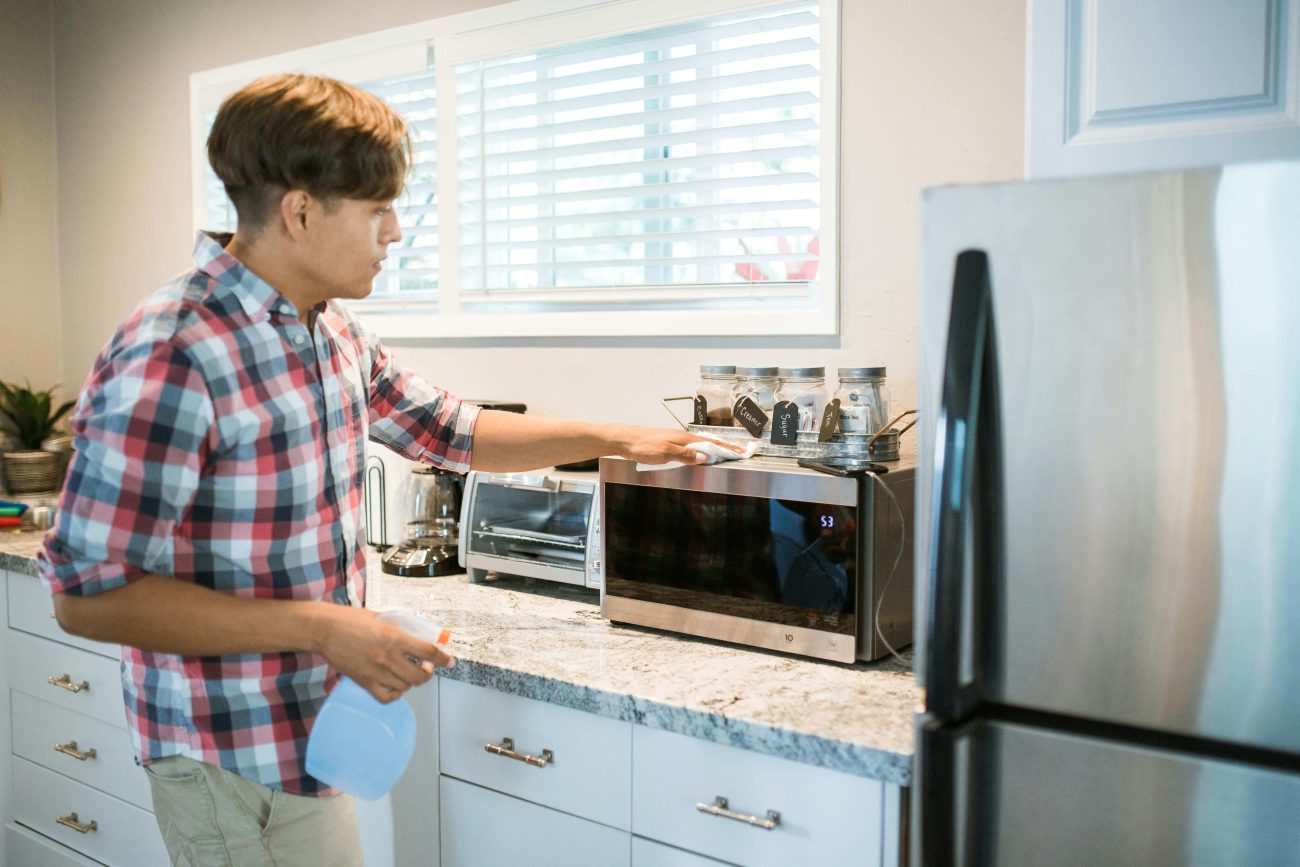Introduction
Microwaves have become essential kitchen appliances, but when they stop heating, it creates a major inconvenience. Instead of rushing to replace it or calling a technician, you can often fix the problem yourself. In this 2025 updated DIY guide, you’ll discover the most common reasons why a microwave fails to heat and easy step-by-step solutions to restore its function.
Common Reasons Why a Microwave Stops Heating
Several issues might cause your microwave to lose heating ability. One of the most frequent causes is a faulty door switch. If this switch malfunctions, the microwave will not activate the magnetron, even if it powers on.
Another common problem is a burned-out magnetron. This component generates the microwave energy, so damage to it results in no heating.
Additionally, a blown high-voltage diode can cause heating failure. Since this diode converts electricity into the high voltage needed by the magnetron, a fault here stops the heating process.
Capacitors also play an important role. A defective capacitor that stores and releases energy may prevent the microwave from heating properly.
Thermal fuses or thermoprotectors can shut down the heating system if overheating is detected, which also leads to a lack of heat.
Finally, a malfunctioning control board might fail to send the necessary voltage to key components, causing heating issues.
Safety First: Precautions Before You Begin
Before starting any repairs, ensure you unplug the microwave. This is crucial for your safety. It’s also important to avoid touching the capacitor unless you have proper training, as it can retain a dangerous electrical charge. Wearing insulated gloves and safety glasses is highly recommended. Moreover, use a multimeter to test electrical parts carefully, and if you feel uncertain at any point, consult a professional technician.
Tools You’ll Need
To perform the repair, gather the following tools: screwdrivers (both Phillips and flathead), a reliable multimeter, insulated gloves, needle-nose pliers, and any necessary replacement parts such as a door switch, diode, or magnetron.
Step-by-Step: How to Fix a Microwave That’s Not Heating
First, test the microwave with a cup of water. Place a microwave-safe cup filled with water inside and run it for 1 to 2 minutes. If the water remains cold, proceed to hardware diagnostics.
Next, check the door switches by opening the control panel and using a multimeter to test for continuity. If the switch shows no continuity, it needs replacement.
Afterward, inspect the high-voltage diode. Carefully discharge the capacitor to avoid shocks, then test the diode’s continuity. If it’s open in both directions, replace it.
Then, test the magnetron by disconnecting its terminals and measuring resistance with a multimeter. A lack of continuity or visible damage indicates it must be replaced.
Following that, examine the capacitor. Discharge it properly before testing; if the resistance reading doesn’t rise then fall, the capacitor is faulty and should be replaced.
Subsequently, check the thermal fuse by locating it on the microwave’s internal frame and testing for continuity. Replace it if no continuity is detected.
Finally, inspect the control board for any burn marks or damaged traces. If all other components are functional yet heating issues persist, consider replacing the control board.
When to Replace Instead of Repair
If your microwave is over 8 to 10 years old, it might be more economical to replace it. Replacement parts may be unavailable or expensive, and if repair costs exceed half the price of a new unit, buying new is advisable. Also, severe internal damage like burning or melted parts often warrants replacement.
Preventative Maintenance Tips
To avoid heating problems, never run the microwave empty and always close the door gently. Avoid using metal or foil inside, clean the interior weekly to prevent buildup, and ensure the turntable spins freely.
Brands This Guide Applies To
This guide is relevant for a wide range of popular brands including Panasonic, Samsung, LG, GE, Whirlpool, Sharp, and more.
FAQ – Fixing Microwave That’s Not Heating
Q1: Can I fix a microwave without opening it?
Sometimes, simply unplugging the microwave for 10 minutes or performing a reset can help. However, hardware issues usually require opening the unit.
Q2: Is it safe to touch a microwave capacitor?
No. Capacitors can hold lethal voltage even when unplugged. Always discharge them safely or seek professional help.
Q3: Why does my microwave turn on but not heat?
Common causes include problems with the magnetron, door switch, or diode.
Q4: How much does it cost to fix a microwave?
DIY repairs typically cost between $10 and $50 for parts, while professional repairs may exceed $100.
Q5: What if my microwave sparks inside?
Immediately turn off the microwave. Check for metal objects or a damaged waveguide cover that might cause sparking.
Final Thoughts
Understanding how to fix a microwave that’s not heating can save both time and money. While many repairs are manageable for those comfortable with electronics, always prioritize safety. When in doubt, consult a professional technician.
